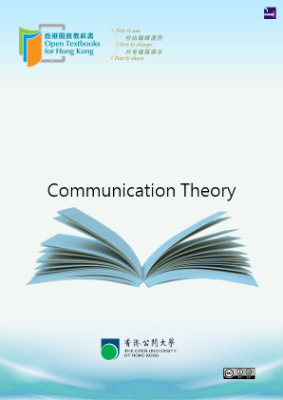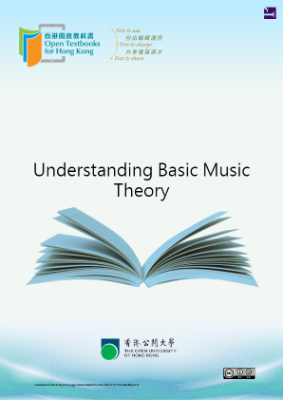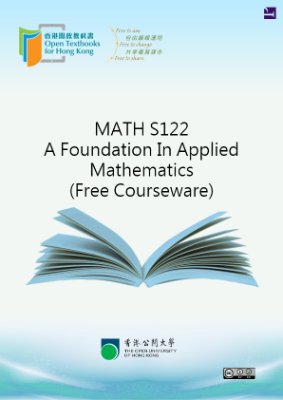This book is an introduction to communication theory — the theory of how humans share, encode, and decode what they know, what they need, and what they expect from each other.
Communication is deeply rooted in human behaviors and societies. It is difficult to think of social or behavioral events from which communication is absent. Indeed, communication applies to shared behaviors and properties of any collection of things, whether they are human or not.
We may turn to etymology for clues: “communication” (from the Latin “communicare”) literally means “to put in common”, “to share”. The term originally meant sharing of tangible things; food, land, goods, and property. Today, it is often applied to knowledge and information processed by living things or computers.
We might say that communication consists of transmitting information. In fact, many scholars of communication take this as a working definition, and use Lasswell’s maxim (“who says what to whom”) as a means of circumscribing the field of communication. Others stress the importance of clearly characterizing the historical, economic and social context. The field of communication theory can benefit from a conceptualization of communication that is widely shared.
Communication Theory attempts to document types of communication, and to optimize communications for the benefit of all.
Indeed, a theory is some form of explanation of a class of observed phenomena. Karl Popper colorfully described theory as “the net which we throw out in order to catch the world–to rationalize, explain, and dominate it.” The idea of a theory lies at the heart of any scholarly process, and while those in the social sciences tend to adopt the tests of a good theory from the natural sciences, many who study communication adhere to an idea of communication theory that is akin to that found in other academic fields.
This book approaches communication theory from a biographical perspective, in an attempt to show theory development within a social context. Many of these theorists would not actually consider themselves “communication” researchers. The field of communication study is remarkably inclusionary, and integrates theoretical perspectives originally developed in a range of other disciplines.











